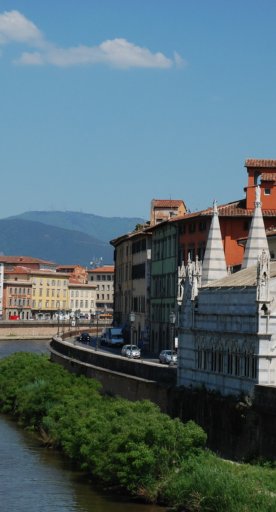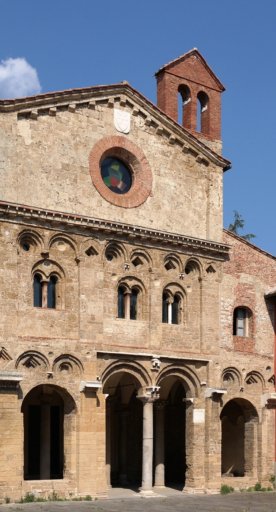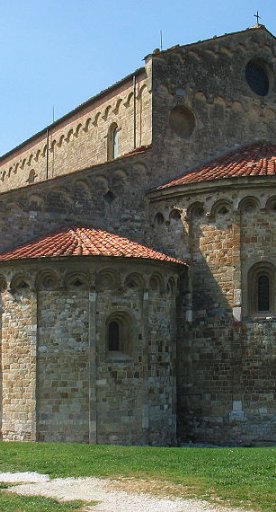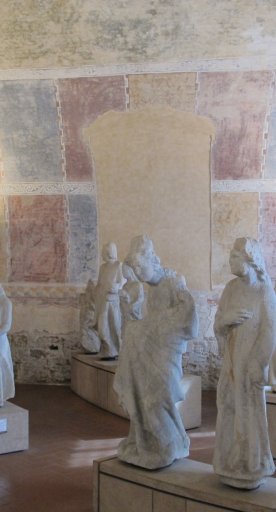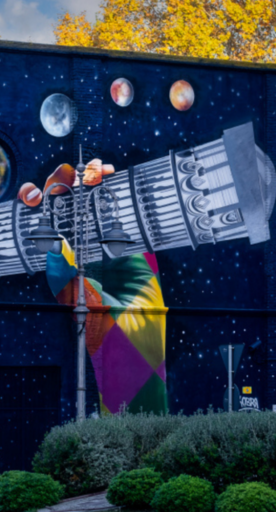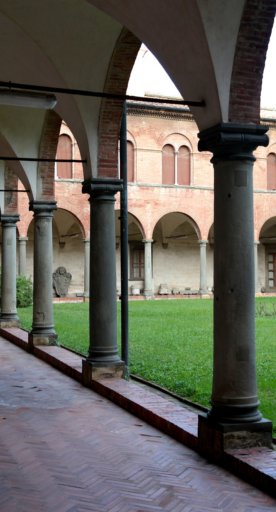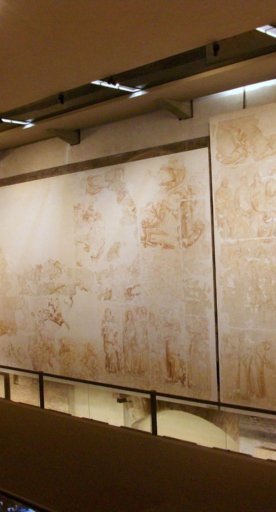
Guelph Tower of Cittadella Vecchia in Pisa
From its top there is a beautiful panoramic view
The Guelph Tower stands in Pisa's Cittadella Vecchia, one of the city's most evocative and historically rich areas; built in the 15th century, its unmistakable profile has attracted the attention of those walking along the Lungarni for centuries.
Here, at the beginning of the 13th century, the Pisan Republic brought together intensive shipbuilding activities in a single space. The area, then called Tersana, from terzarolo (the smallest of the three Latin sails of the galleys), underwent massive works, and in 1264 the new republican arsenal, in addition to the garages and slipways, also included a small church dedicated to Saints Barbara and Reparata. Of the medieval structures today remain the brick arches inserted into the defense wall along the Arno.
In 1394 the new lord of Pisa Iacopo d'Appiano, fearing the return to the city of the faction that supported the rival Gambacorti family, began the transformation of the arsenal into a defensive citadel equipped with towers, inside which he established a permanent military garrison. At the time of the first Florentine rule, in the 15th century, the new lords of Pisa permanently transformed the structures of the republican arsenal and built what would later be called the Cittadella Vecchia. The construction of the tall Guelph Tower, so called as opposed to the older Ghibelline Tower, which has now disappeared, also dates from the beginning of the century.
In 1944 the whole area was severely affected by bombing and the tower was totally destroyed. It was rebuilt in 1956, re-proposing its original appearance. Recent restorations, conducted by the municipal administration, have allowed the tower to be opened to the public, offering an evocative view of Pisa, sandwiched between the gentle curve of the mountains and the deep green of the pine forest of San Rossore park.

